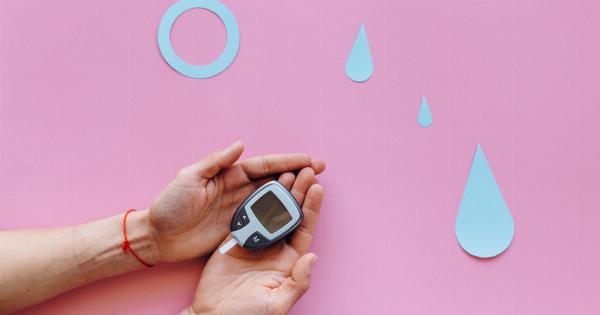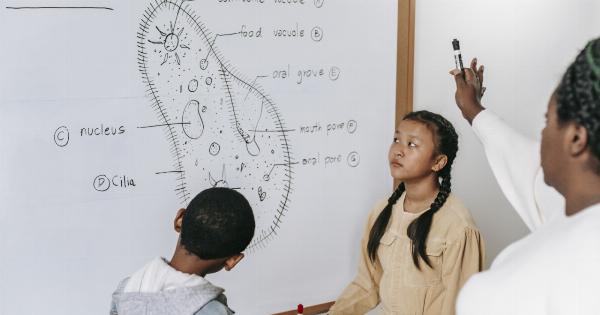Adolescence is a period between childhood and adulthood, usually starting at the age of 11 or 12 and ending around 18 or 19 years old. It is a time of significant growth and change, both physically and emotionally.
One of the significant changes that happen during this period is the increase in hormones.
Hormones are the chemical messengers that regulate different functions in the body, such as growth and development, metabolism, and mood.
During adolescence, the hormonal axis known as the hypothalamic-pituitary-gonadal (HPG) axis starts to activate, leading to an increase in sex hormones, such as testosterone and estrogen.
The HPG Axis
The hypothalamus is a part of the brain that plays a crucial role in regulating various functions in the body, such as hunger, thirst, and temperature regulation.
It also releases gonadotropin-releasing hormone (GnRH), which stimulates the pituitary gland to release two other hormones, follicle-stimulating hormone (FSH) and luteinizing hormone (LH).
FSH and LH stimulate the gonads (testes in males and ovaries in females) to produce testosterone and estrogen, respectively, which are the primary sex hormones.
These hormones are responsible for the development of secondary sexual characteristics and reproductive functions.
Sex Hormones and Secondary Sexual Characteristics
Testosterone is the primary male sex hormone, responsible for the development of male secondary sexual characteristics, such as body hair growth, deepening of the voice, and increased muscle mass.
It also plays a crucial role in sperm production and sex drive.
Estrogen, on the other hand, is the primary female sex hormone, responsible for the development of female secondary sexual characteristics, such as breast development and the widening of hips.
It also regulates the menstrual cycle and plays a crucial role in pregnancy and lactation.
Hormonal Imbalance and Disorders
While the hormonal changes during adolescence are normal and necessary, sometimes, they can lead to hormonal imbalances or disorders.
Hormonal imbalances can occur due to various reasons, such as genetics, lifestyle factors, or underlying medical conditions.
One of the most common hormonal disorders in adolescence is acne. Acne occurs when there is an excess production of sebum, a natural oil produced by the skin, due to hormonal imbalances.
Excess sebum production can clog pores and lead to pimples, blackheads, and whiteheads.
Polycystic ovary syndrome (PCOS) is another hormonal disorder that affects many women during adolescence. PCOS occurs when there is an excess production of androgens, the male sex hormones, in women.
This hormonal imbalance can lead to irregular periods, fertility issues, and the development of male-like features, such as excessive hair growth on the face and body.
Hormonal Changes and Emotional Development
Hormonal changes during adolescence not only affect physical development but also emotional development. Studies have shown that sex hormones can play a crucial role in mood regulation and behavior.
Testosterone, for example, has been linked to aggressive behavior in males. Studies have shown that males with higher levels of testosterone are more likely to engage in risky and aggressive behavior, such as fighting and substance abuse.
Estrogen, on the other hand, has been linked to mood regulation in females. Studies have shown that females with lower levels of estrogen are more likely to develop depression and anxiety.
Conclusion
Adolescence is a period of significant growth and change, both physically and emotionally. The hormonal changes that occur during this period play a crucial role in the development of secondary sexual characteristics and reproductive functions.
However, hormonal imbalances can lead to various disorders, such as acne and PCOS. The role of hormones also extends to emotional development, with testosterone linked to aggressive behavior in males and estrogen linked to mood regulation in females.































